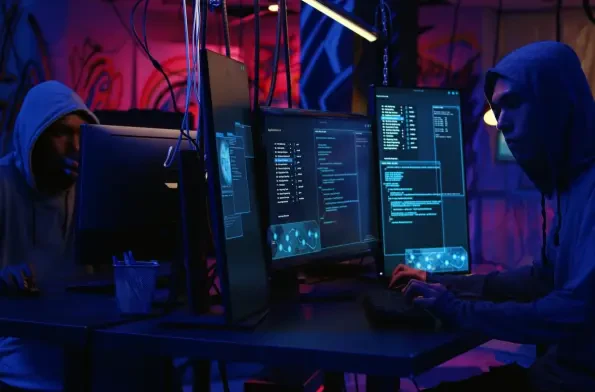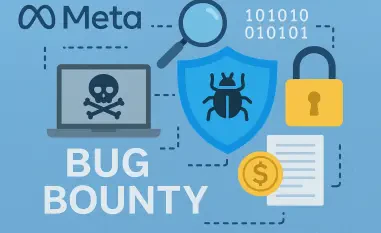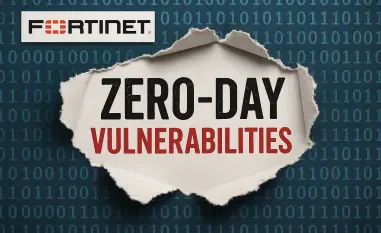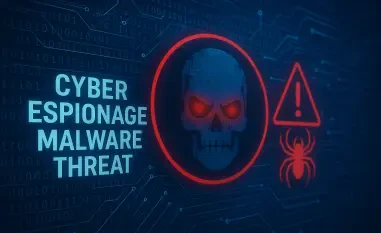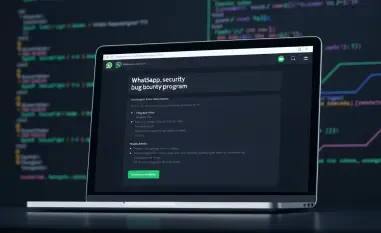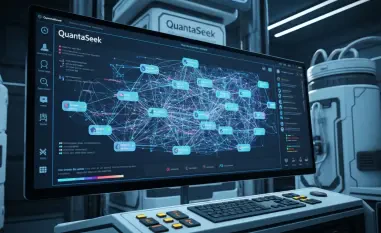Malik Haidar, a renowned cybersecurity expert, is deeply versed in the fight against virtual threats in multinational settings. His unique approach combines technical prowess with a business-minded perspective, making him exceptionally effective in crafting cybersecurity strategies. In this interview, he shares insights on the latest malware campaigns, their mechanics, and the evolving landscape of social engineering attacks.
Can you provide an overview of the new malware campaign codenamed SERPENTINE#CLOUD?
The SERPENTINE#CLOUD campaign stands out due to its innovative use of Cloudflare Tunnel subdomains to host and deliver malicious payloads through phishing emails. These emails often carry attachments disguised as legitimate documents, initiating a complex infection chain. This multilayered scheme not only leverages Python-based loaders but also introduces memory-injected payloads via shortcut files and obfuscated scripts, making it particularly effective at evasion.
How does this campaign utilize Cloudflare Tunnel subdomains in its attack chain?
The use of Cloudflare Tunnel subdomains serves multiple purposes for the attackers. Firstly, it masks the malicious activities under a guise of legitimacy, since these tunnels offer encrypted and temporary connections typically used for benign purposes. This setup makes it significantly harder for defenders to identify and block malicious activities, as these subdomains can easily blend in with legitimate traffic.
Could you explain the initial infection process in this malware campaign?
The initial infection process starts when phished individuals click on links in the phishing emails. These links lead to a zipped document that contains a Windows shortcut (LNK) file. These files are cleverly disguised as documents to prompt users into executing them, thereby triggering the malicious sequence. The LNK files are particularly devious as they automatically retrieve additional payloads once opened.
How does the malware transition from the LNK files to executing the final payload?
Once the LNK files are opened and the initial script is executed, a series of loaders come into play. The Python-based shellcode loader is crucial here, operating entirely in-memory to prevent detection. Additionally, tools like the Donut loader are utilized to further obfuscate and execute the malicious payloads efficiently, increasing the campaign’s stealth and persistence.
What makes this threat activity cluster notable compared to others?
SERPENTINE#CLOUD is notable for its adaptability and complexity. It demonstrates a shift in initial access methods, transitioning from simpler URL files to sophisticated LNK file techniques. There’s also a marked increase in payload complexity and creative deployment stages that keep defenders on their toes, highlighting a dynamic and evolving threat landscape.
Is there any indication of the identity or origin of the threat actors behind this campaign?
The precise identity of the actors remains elusive, but their proficiency in English, as pointed out by Securonix, suggests a high level of education and sophistication. Such fluency indicates their capability to craft convincing phishing narratives aimed at diverse geographical targets.
How is the campaign related to previous ones documented by eSentire and Proofpoint?
While the infrastructure and strategies resemble those documented by eSentire and Proofpoint, the differences in payload complexity and targeting hint at either evolution or divergence by possibly different threat actors. These overlapping tactics suggest a possible continuation or mimicry of known successful strategies.
What techniques make this campaign particularly stealthy and persistent?
The stealth and persistence of this campaign are bolstered by the highly obfuscated code and complex script loaders that seamlessly transition from one payload phase to another. The use of Cloudflare Tunnels further complicates detection efforts by providing an encrypted and transient channel for executing commands and payload delivery.
How does the SERPENTINE#CLOUD campaign use social engineering and evasive techniques?
Social engineering is at the core of this campaign, beginning with highly effective phishing emails that employ urgency and deception to prompt actions from targets. The combination with living-off-the-land techniques means that each step is designed to minimize footprint and maximize stealth, ensuring the malware remains undetected for extended periods.
Can you describe the other malware campaign, Shadow Vector, and its targets?
The Shadow Vector campaign is particularly focused on Colombian users, utilizing SVG smuggling in phishing emails. The attackers impersonate trusted institutions, leading victims to download malicious content. Remote access trojans, like AsyncRAT and Remcos RAT, play significant roles here, often hidden within base64-encoded text and served by common file-sharing services.
What is the ClickFix tactic, and how is it being used in social engineering attacks?
ClickFix is a clever tactic that lures users into downloading malware under the guise of resolving an issue, like fixing a CAPTCHA mistake. It’s effective because it plays on routine actions users are familiar with, leading them to inadvertently facilitate their own devices’ infections.
How has the landscape of social engineering attacks evolved in recent months as per ReliaQuest’s reports?
In recent months, there’s been a noticeable shift towards exploiting user behavior rather than technical vulnerabilities. Drive-by compromises, accounting for about 23% of phishing techniques, have become increasingly popular, utilizing tactics like ClickFix to deceive and exploit users through everyday actions.
Do you have any advice for our readers?
Stay vigilant and question unexpected messages or prompts on all digital platforms. Awareness and skepticism are powerful tools—don’t click on suspicious links even if they seem urgent. Always verify the source and necessity of any action you’re prompted to take, especially those that ask for credential inputs or software downloads.
